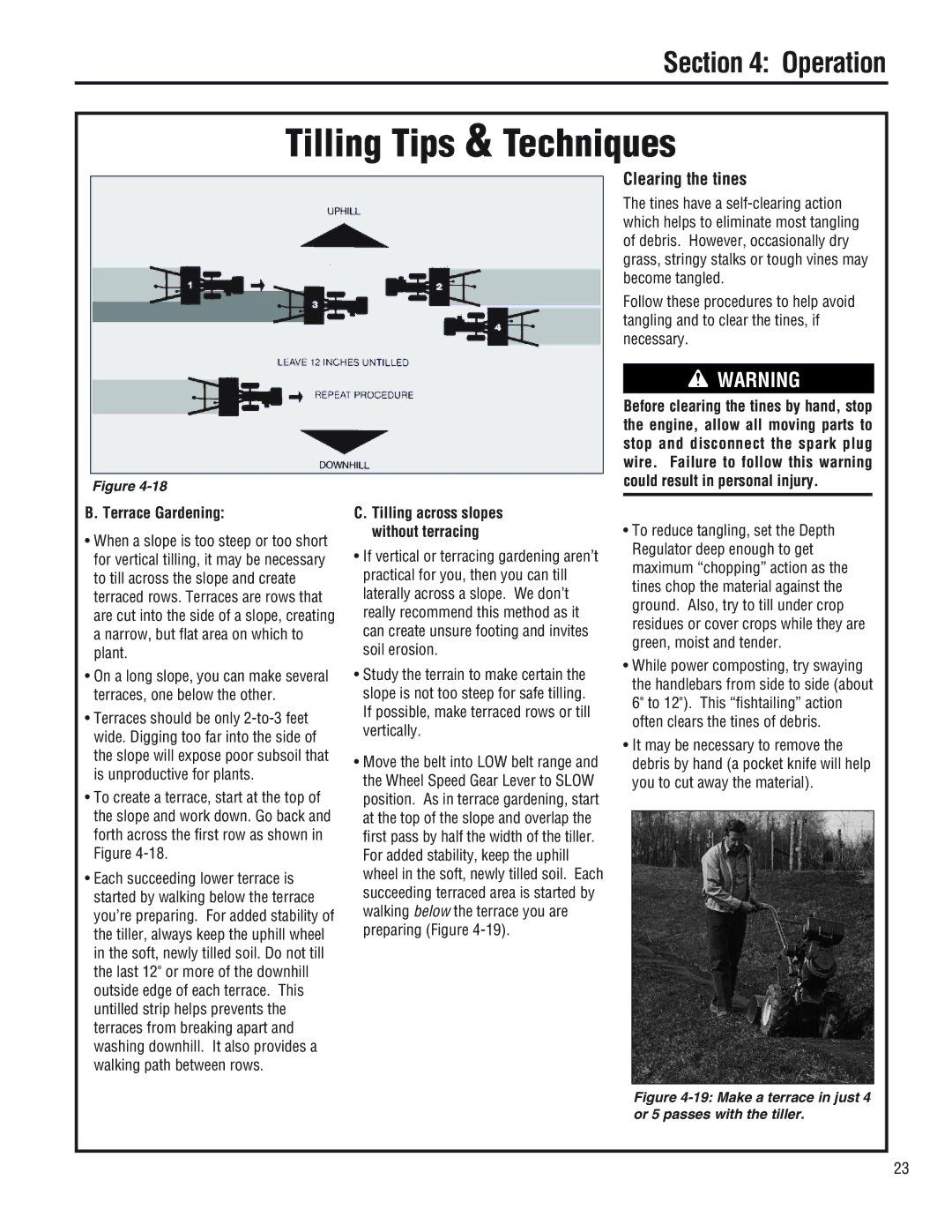E682L, E686N, 682J specifications
The Troy-Bilt E682L and E682J are two powerful and efficient snow throwers designed for residential use, enabling homeowners to tackle winter's toughest snow challenges with ease. Both models are part of Troy-Bilt's commitment to creating durable equipment that simplifies outdoor maintenance.One of the main features of the Troy-Bilt E682L and E682J is their robust engine. Equipped with a reliable 243cc OHV (Overhead Valve) engine, these snow throwers provide robust power, ensuring that users can clear snow quickly and effectively. The engines are designed for easy starting, even in cold conditions, so you won’t have to worry about fumbling with difficult pull cords when snowy weather strikes.
Another significant characteristic of these models is their 24-inch clearing width combined with a 21-inch intake height. This allows for efficient snow removal, enabling users to clear driveways and sidewalks with fewer passes. The heavy-duty auger system is engineered to cut through packed snow with ease, ensuring that even the toughest winter weather conditions don’t stand a chance.
Both the E682L and E682J feature a 180-degree adjustable chute that directs the snow where it needs to go. This puts control in the hands of the user, preventing snow from being thrown back onto the paths that have already been cleared. The quick-release chute deflector allows for easy height adjustments, giving users the flexibility to adapt to different snow conditions.
These models are also designed with user comfort in mind. The Troy-Bilt E682L and E682J come with heated hand grips, which make operating the snow thrower more pleasant during long periods in cold weather. The ergonomic handles provide a comfortable grip, and the adjustable handle height ensures that users of various sizes can operate the machine comfortably.
Additionally, both models feature large, rugged tires that provide enhanced traction on various surfaces, whether it’s icy pavement or a snow-covered driveway. This design consideration contributes to their overall stability and maneuverability, allowing users to navigate through challenging winter conditions with confidence.
In summary, the Troy-Bilt E682L and E682J snow throwers are powerful, user-friendly machines equipped with essential features that make snow removal efficient and manageable. With their reliable engines, robust clearing capabilities, adjustable chutes, and comfortable handling, these models are valuable tools for any homeowner looking to stay ahead of winter weather.

